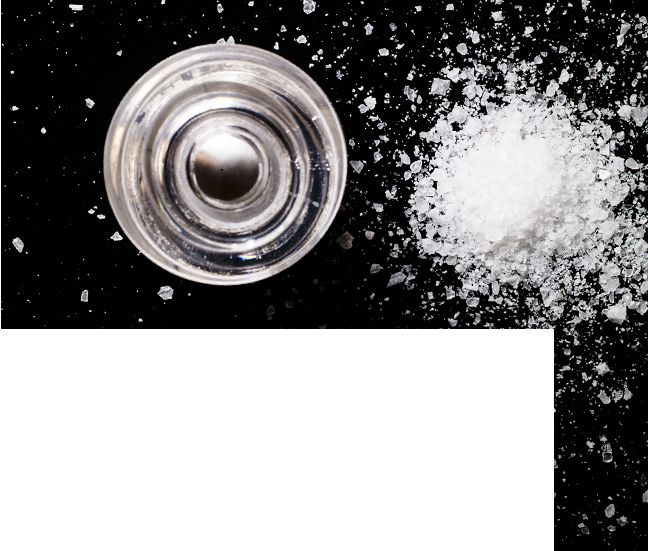Salt and health
High salt intake has been linked to a number of health problems including high blood pressure (hypertension) and osteoporosis. There is strong evidence to suggest that people with high blood pressure benefit from a diet containing less salt, thus reducing the incidence of stroke. In fact, most people would benefit from reducing salt intake to a healthy level.
How much salt?
Research suggests adults should consume no more than 6g of salt per day - equivalent to 1 teaspoon. Children should consume even less:
Children 11 and over, 6g per day
Children 7-10 years, 5g per day
Children 4-6 years, 3g per day
Children 1-3 years, 2g per day
Infants should not be given salt because their kidneys are not fully matured until they are one year old.
Occasionally the recommended intake might not apply. For example, during exercise, when salt is lost from the body through sweating, muscle cramps may result if it's not replaced.
Sodium and salt labelling
All Waitrose own brand products are labelled with the amount of salt per 100g and per serving. Our products also carry the percentage RI for salt per serving on the front of pack, so you can see at a glance the amount of salt the food contains and how much it contributes to your daily intake.
Low-salt recipes
Salt reduction tips
- Don't add salt to water for cooking vegetables
- Use herbs and spices, lemon and lime juice to flavour foods
- Choose stronger flavoured cheese for cooking (you can use less but still have all the flavour)
- Use fresh stock not stock cubes
- Don't put salt on the table as your taste buds will adapt to less salty food within a month
- Try salt replacers such as Lo Salt or SOLO (if you have a kidney condition consult your doctor first)
- Snack on fruit and unsalted nuts
- Choose products, such as crisps, with lower salt or no added salt
- Eat cured meats only occasionally







